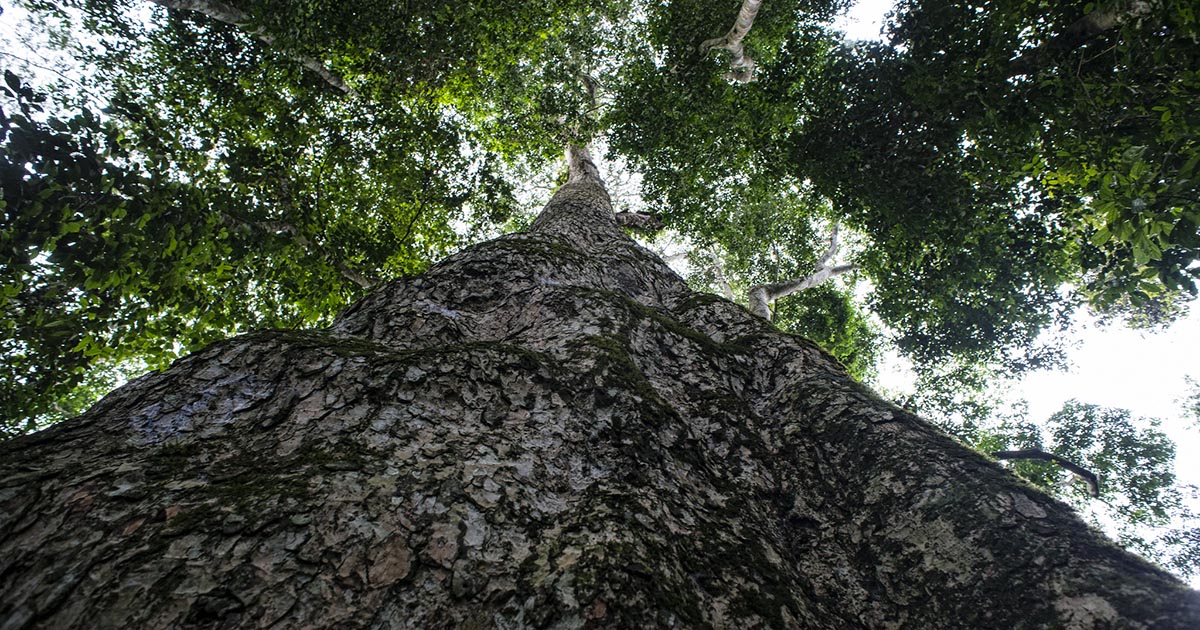Publication year
2025
Authors
Rizvi, A.H.; Dhiman, R.C.; Dhyani, S.K.; Arunachalam, A.; Singh, A.; Yuldasheva, D.; Welp, M.; Azizova, B.; Eshchanova, G.; Suyunovich, M.B.; Rizvi, J.
Language
English
Keywords
agroforestry, wood, value chains, forest plantations, forest conservation, poplars, eucalyptus, economic aspects, natural resources, agricultural production, agricultural development
Source
Indian Journal of Agroforestry. 27 (2): 10-26
Geographic
India, Kazakhstan, Kyrgyzstan, Tajikistan, Turkmenistan, Uzbekistan














